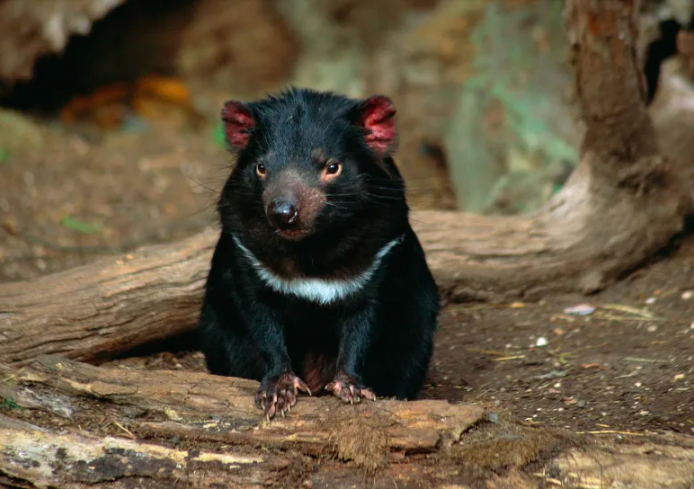Professor Andrew Pask and Dr Stephen Frankenberg, University of Melbourne, A Biobank freezes Australian species for the future, February 2024

By freezing the cells of living animals, researchers and museums are working together to safeguard Australia’s wildlife
Australia is home to some of the most remarkable species on earth and importantly, many of these species don’t exist anywhere else.
Unfortunately, Australia also holds the record for the most mammal extinctions and many of our animal species are suffering increasing pressures from introduced species, habitat loss, and climate change.

Australia is seeing unprecedented adverse weather events due to climate change, resulting in the catastrophic bushfires of 2020 and floods in 2022.
Any one of these events could wipe out entire species or cause a loss of so many individuals it reduces the genetic diversity of a population. This increases inbreeding and lowers the ability to adapt, putting a species on a fast track to extinction.
This is where a frozen zoo–or “living biobank”–can help. Tissues and cell lines can be collected from living animals and cryogenically preserved at -196˚C. In this state, cells can be held almost indefinitely.
Using both existing and emerging stem cells and assisted reproduction technologies, these cells can be used to create gametes (eggs and sperm) or entire embryos to ensure that we do not lose any further species or their genetic diversity ever again.
There are several large frozen zoos around the world–the most famous and extensive collection is at San Diego Zoo (The Frozen Zoo), with others throughout Europe.
However, Australian animals are absent or not well represented in these collections.
The University of Melbourne’s TIGRR Lab in conjunction with Museums Victoria were recently awarded an ARC linkage grant to address this gap.
The project was established to transform museum practices in Australia, and globally, by developing methods and pipelines for routine collection and cryopreservation of living cells from animals.

This project will shift the focus of museums from merely documenting ongoing losses of biodiversity to preserving it in living form.
Emerging new technologies are already allowing researchers to access the genomes (all DNA of an organism) and even RNA of animals preserved in museum collections. However, as the tissues are no longer living or viable, it is very difficult and costly to put this genetic information back into living populations.
The TIGRR Lab is currently leveraging the power of museum collections with their project to bring back or de-extinct the thylacine. As part of this project, they have developed the tools for making marsupial stem cells with the capacity to create living animals.
These new technologies are vital for realising the potential of a living biobank, making it possible to turn biobanked materials into gametes (eggs and sperm) that create embryos.
In addition, the TIGGR Lab is developing cloning and assisted reproductive technologies in marsupials to grow these embryos into living animals.
These new developments will also help to boost captive breeding programs for endangered and threatened marsupials like the Tasmanian devil and Northern quoll.
We have already grown cell lines and biobanked material from over 15 species so far this year including threatened species of birds including the brolga, the critically endangered Victorian grassland earless dragon (thought extinct, but just recently rediscovered) and the dusky antechinus, a small marsupial species under threat from bushfires.
Biobanking these materials will ensure these species are preserved in a living form which could be used in the future to revive species or bring back lost diversity.

Combining the power of collections, curation and cataloguing of samples in museums with advances in molecular genetics and cell engineering in the TIGRR Lab, we can biobank living animals to ensure they can never be entirely lost, as well as explore the reintroduction of lost diversity from older specimens in the collections.
This can help bolster the chances of survival and increase a species’ chances of adapting to our rapidly changing world.
Living biobanks and museum collections are going to be essential to protect our planet from further decline in biodiversity as well as providing a means to restore biodiversity for our planet.
This biobanking work is funded by an ARC Linkage grant LP230100359. Further support for the TIGGR Lab comes from the Wilson Family Trust and Colossal Laboratories & Biosciences.
See also: Research Focus, Genetic Conservation – Cells for the Future

